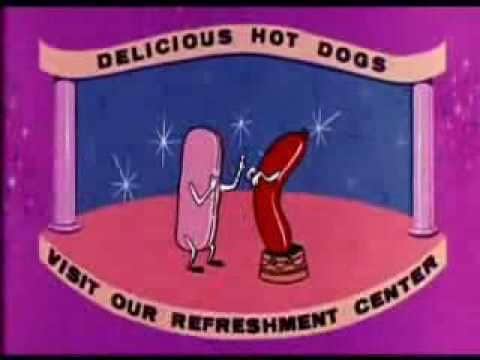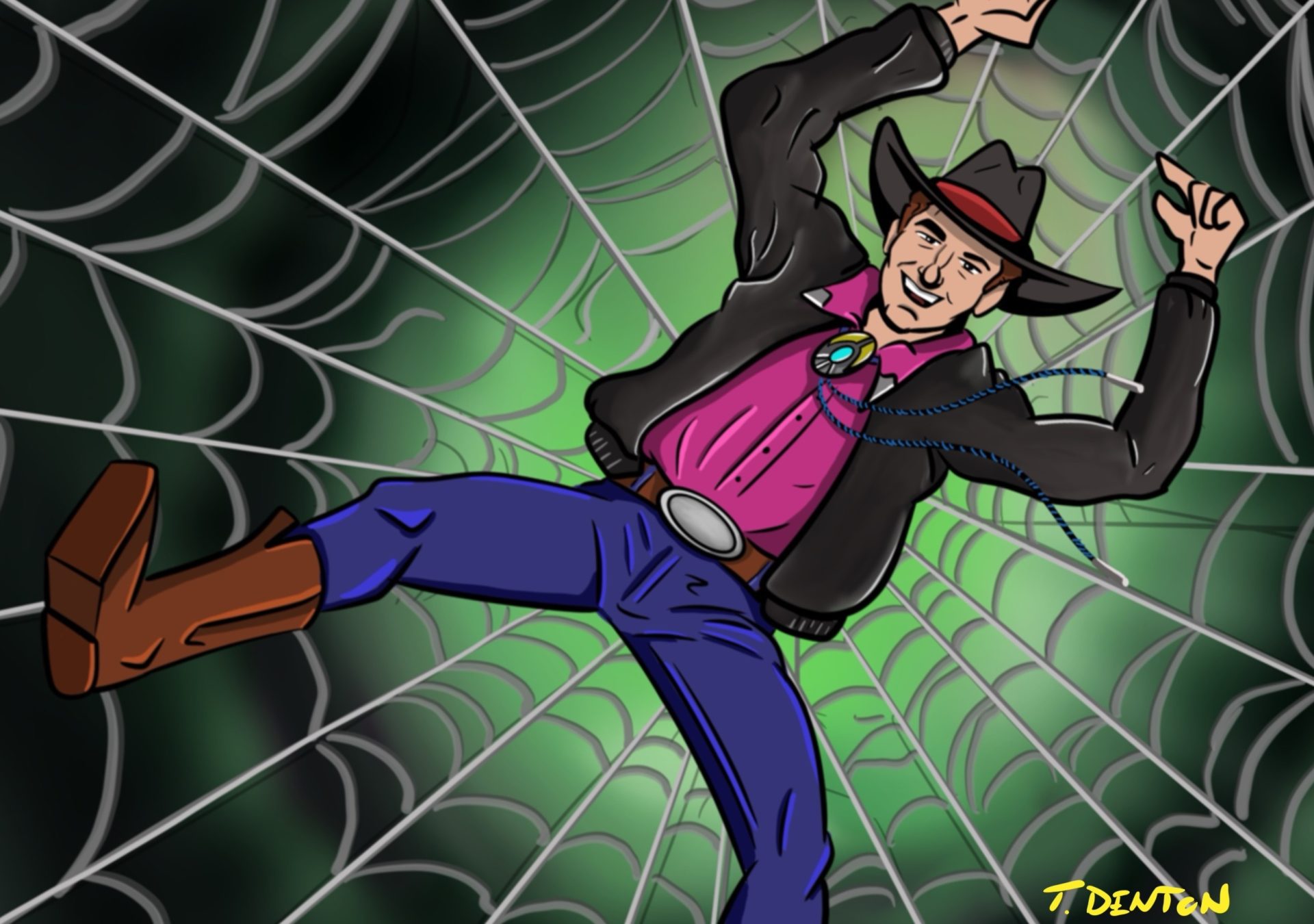Since our Gratuitous Blogger was a lazy sack last week and skipped an installment of LAST CALL Film School, it inspired us to explore that most tangential of film subjects: the Intermission. Here’s a brief look at why we had Intermission and why we might need it back. Fantastic blog art as always by T.J. Denton.
Intermission was a necessity. Films used to be…film. You know, reels, canisters, celluloid threaded through projectors operated by real humans whose job it was to change those reels because the movie didn’t fit on just one. While the audience awaited anxiously the second half of on-screen epics like The Ten Commandments, The Sound of Music – even 1972’s The Godfather – the Intermission was its own grand affair. Sometimes introduced with the words “Interlude” or the French “Entr’acte” (interval between acts), the Intermission often had its own unique score that would later appear on those films’ hallowed soundtracks
Today’s movies keep getting longer. Our movie-verse has become an action-adventure comic-verse, dominated by Marvel and other superheroes. In fact, Screen Rant reports that if you watched the Marvel Comic Universe films back to back, from Iron Man through the most recent Spider-Man, it would take nearly 50 hours. (May we humbly mention that Joe Bob pulled off a nearly 24-hour marathon single handedly when he returned to the air. Take that MCU!)
And yet the Intermission – a/k/a the built-in pee break – remains a sign of a bygone era, like ushers with headlamps and people who Don’t. Freakin. Talk during the movie.
Intermission helped theaters. When it was no longer about reels, it was about snacks. The Intermission was the perfect time to head to the lobby and grab yourself a treat. Today, taking a family of four to the local Googleplex and making sure each and every person is set up with an Olympic-pool-sized tub of popcorn and three-gallon-drum of Diet Coke costs roughly a mortgage payment. That’s how theaters made their money and that’s how they still do. Apparently we didn’t need intermission to make us fat.

But we might have needed it to sex us up. Without those classic Intermission commercials, Danny’s lament after Sandy’s rejection at the drive-in in Grease would have lacked its backdrop: an eager, acrobatic hot dog jumping into a steamy, welcoming bun. Ahhh, symbolism.

Intermission isn’t as bygone as you might think. The mid-movie break that American audiences now see as quaint has continued to be a staple of India’s Bollywood film industry. Bollywood films are song-and-dance, boy-meets-girl extravaganzas that may feature more than a 100 dancers and last three to four hours long. That’s why, in 2011, Bollywood actor Aamir Kahn’s contractual demand to eliminate the Intermission of his latest film, Dhobi Ghat, caused a major uproar. The actor wanted audiences to have a “’pure’ filmic experience” and he got his way. And while Kahn’s move didn’t cause a sea change in the industry, it’s an example of just how important Intermission continues to be for non U.S. films/markets.
Some would say, for longer films, it’s time to bring the Intermission back. If we could get up, stretch our legs and talk to each other, it might cut down on the chatter during the film while bringing back that community feeling movies used to have. (I still remember the audience cheering when Adam Sandler as Bobby Boucher makes it back at halftime to help his beloved Mud Dogs win the Bourbon Bowl in 1998’s The Waterboy. That was a moment.) Until then, there’s always the RunPee app to let you know when to hit the rest room and not miss a dang thing.






